There are few activities more rewarding than spending an afternoon tending to your backyard garden. But the fact of the matter is, flexing your green thumb in the muddy soil simply isn’t an option during harsh winter weather. No need to despair! indoor gardening is an innovative, fantastic way to get your gardening fix and practice self care no matter how chilly the weather.
Smart Selections

While there are plenty of lovely plants to choose from at your local garden center, you must take certain factors into consideration when choosing which seeds will best bloom and blossom in the unique environment of an indoor garden.
Determining which plants are best acclimated to indoor growth is surprisingly simple. Be on the lookout for a selection of features that distinguish indoor-appropriate plants from more outdoor-friendly varieties that grow in the company of your fire pit covers and patio furniture cushion covers.
Low Key
The two most important factors for indoor plant growing is that they are pet friendly and easy to maintain. Certain plants, including but not limited to asparagus fern, dumb cane, and Easter lilly, can cause serious harm to your pets if ingested.
High maintenance options like ficus trees or a Boston fern require meticulous environments that can’t be recreated inside your home.
Instead, opt for low-maintenance herbs, flowers, and vegetables that are better suited for indoor environments and won’t cause harm to pets who may decide to chew on a leaf or two.
Some of our favorites include:
Herbs: parsley, chives, oregano, lavender
Flowers: begonias, roses, petunias, marigolds
Vegetables: carrots, onions, kale, peppers
Water Smart

Habitual watering is the foundation of thriving, healthy houseplant growth. But there’s more to watering than meets the eye, especially if you’re growing a wide variety of plants in your indoor garden.
Since indoor plants lack exposure to the rain that liberally splashes down on your patio furniture cushion covers during spring and summer, a strict watering schedule is required in order for your plants to stay healthy. Use soil moisture levels, leaf color, and rate of your plant’s growth as solid indicators of whether or not it is receiving the proper amount of water.
But Not Too Much

And while logic may dictate that you should be watering non-stop, overwatering can actually lead to a dead houseplant. Do research to figure out how frequently your particular plants need a drink, you may be surprised at the results. For example, plants in the succulent and cacti family only require a few drops of water on a weekly basis to thrive.
Lovely Light
In order for your indoor plants to properly photosynthesize, they need just the right amount of natural light. And since every plant is as unique as a custom made furniture cover, take extra care when deciding how to provide the sun exposure they require.
Indoor plants are categorized by how much natural light they need: direct light (6 hours), indirect light (4 hours), and low light (should be kept away from direct sun). Choose plants that best match your home’s natural light availability as well as seasonal patterns; sunlight is sparse in the winter months when solar shades are pulled down to insulate your home.
Window Wonderful

Windows are a plant’s best friend for soaking up the sun. Use a compass to determine which of your home’s windows will work best for each plant: East and North facing panes receive less direct light, while the West and South varieties let in ample amounts of sunshine for plants that need some extra sun.
Contain Yourself

Since your indoor plants are growing far from their usual in-ground environment, ensuring that they’re placed in proper containers encourages them to thrive in their indoor home. There are plenty of containers to choose from, but not all of them are suitable to support your seeds.
Planter types are as varied as furniture cover sizes, and it’s likely that each of your indoor plants will need its own unique container. There are three critical factors to consider when selecting the right container, so be sure to keep the following in mind.
A Rule of Three
- Size: A smart rule of thumb to abide by for sizing is to choose a pot that is 2.5-5 centimeters larger in diameter than the current size of the plant, or the projected size if you are starting from seed. Keep in mind that re-potting may be a possibility in the future.
- Material: Plastic planters are commended for their ability to retain moisture, which means less watering on your part. Terracotta pots dry out quickly and work great for low-water plants like cacti.
- Drainage: When watering, the last thing you want is for excess water to pool at the bottom of your plant. This is why a drainage hole is so important for healthy growth. Place a plate or a thin sponge underneath your containers to soak up any excess water.
Soil Supreme

The importance of soil health can’t be overstated when it comes to maintaining an indoor garden. As opposed to regular old “dead” dirt, soil contains living organisms and nutrients that support plant growth. A quick trip to the garden centre will help you get your soil fix without having to venture into the cold to dig in the backyard.
It’s recommended that you use organic soil that’s free of preservatives and synthetic chemicals in your indoor garden. The same goes for fertilizer, which should be added to soil periodically for an extra boost of nutrients that will encourage your plants to thrive.
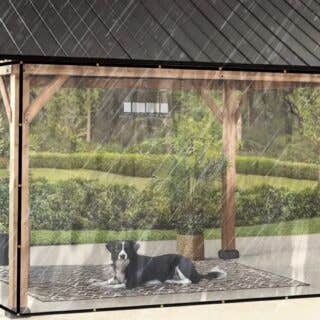
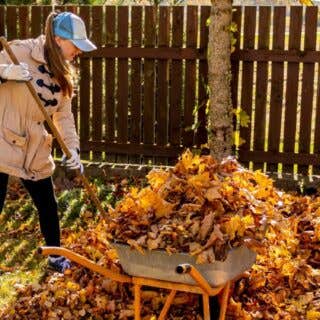

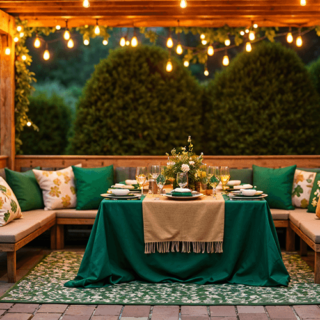


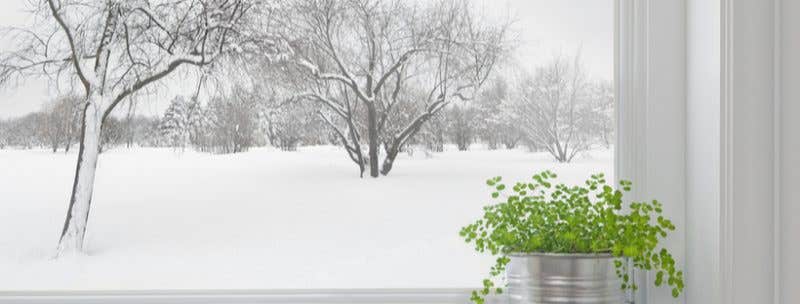
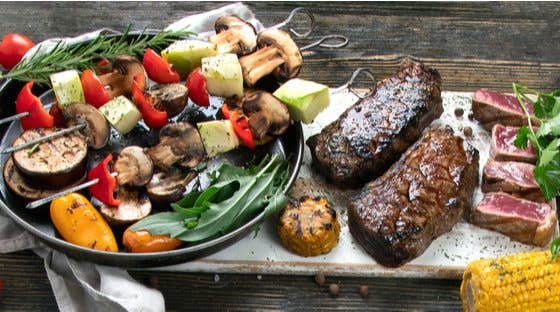
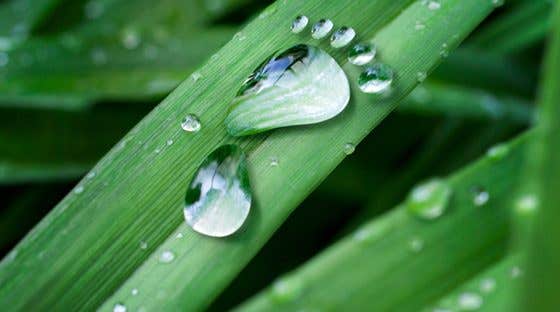

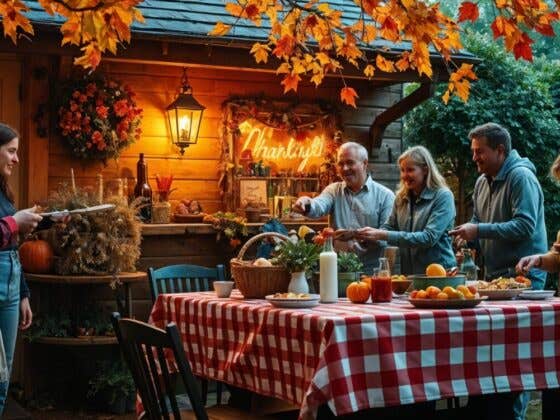
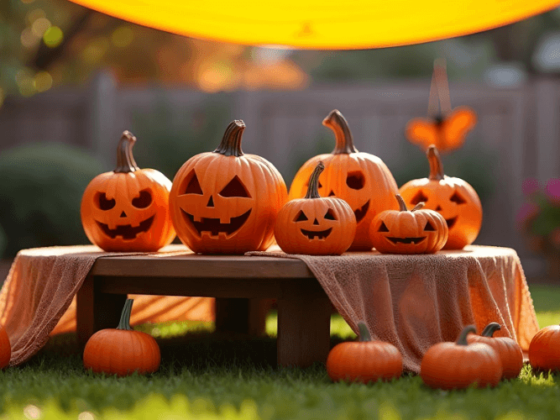
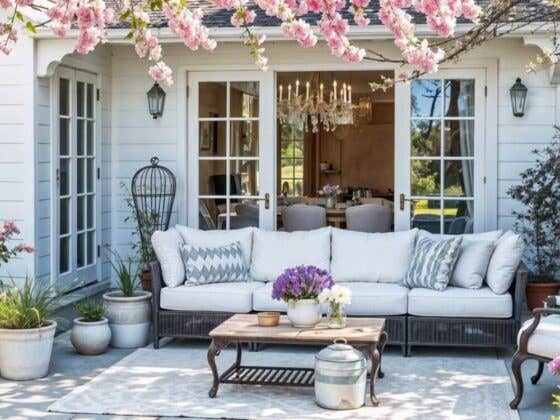
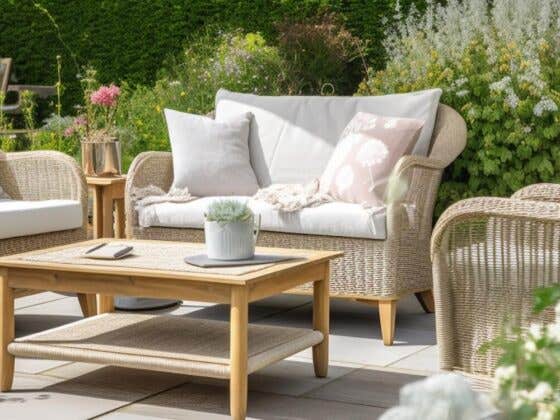
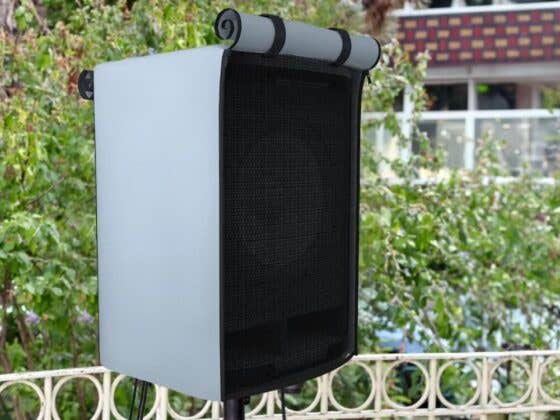

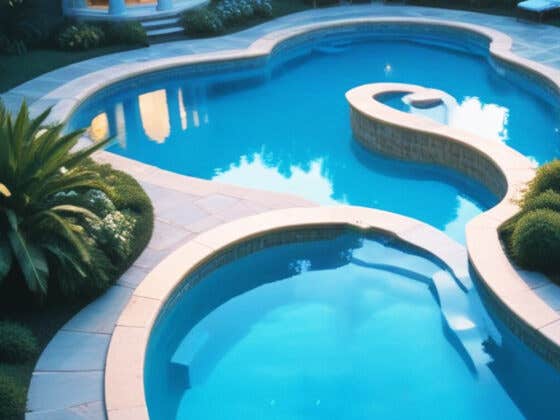
Recent Comments